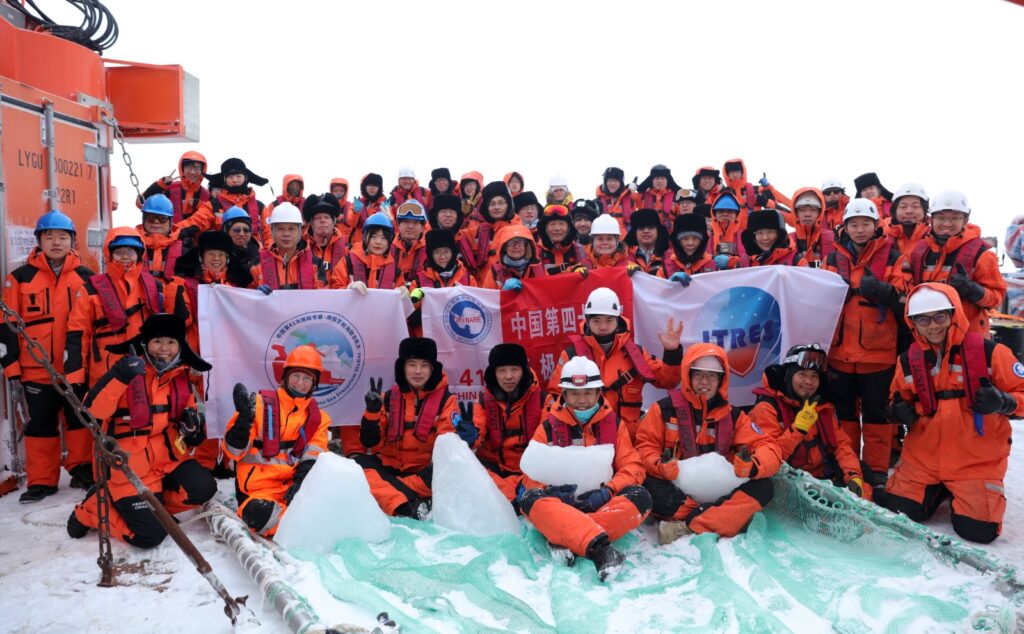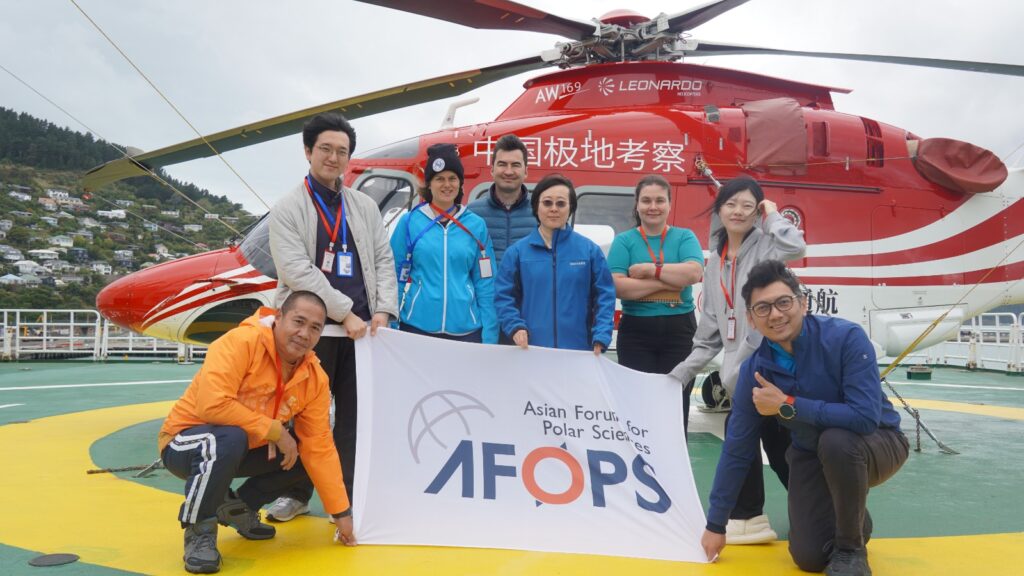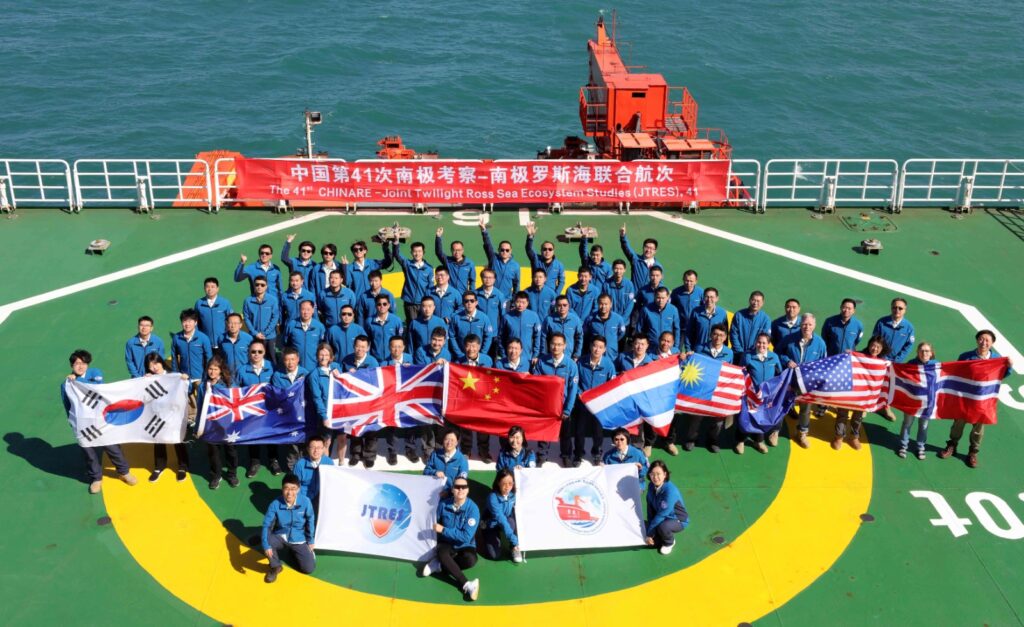


Antarctica Fall-Winter Expedition: A Malaysian Scientist’s Journey into the Ross Sea
Tuesday, 13/05/2025
Share This Article :
By Assoc. Prof. Dr. Muhammad Hafiz Borkhanuddin, Faculty of Marine Science and Environment.
I represented Malaysia in the Austral Fall-Winter Expedition to the Ross Sea, Antarctica.
Organised by the Polar Research Institute of China (PRIC), this expedition marked a milestone in Antarctic research.
It spanned 38 days (18 March–26 April 2025), taking us from Christchurch, New Zealand, to Hobart, Australia, aboard Xuelong 2, a 120-meter vessel capable of navigating 1.5 meters of solid ice.
We worked under extreme fall-winter conditions alongside 40 international scientists in oceanography, atmospheric science, biology, chemistry, and ecological modelling.
As a marine biologist specializing in molecular parasitology, I studied parasites in zooplankton, particularly their diversity, host specificity, and how environmental factors like temperature and salinity influence their distribution. Understanding these host-parasite relationships is key to assessing ecosystem health and predicting the impact of climate change on marine biodiversity.
This fall-winter expedition provided a rare opportunity to study Antarctic marine life outside of the typical summer research window. Our team collected vertically stratified zooplankton samples across key regions of the Ross Sea: the Islin Shelf, multiple polynya stations, and along a South-North transect through the Drygalski Trough, including its northern areas.
Salps and pteropods (Limacina sp.) were frequently observed as the dominant zooplankton in the upper water layers across most sampling stations. Krill larvae were found in high concentrations near the polynya, indicating this region may function as an important nursery ground during the fall-winter season. Small numbers of fish larvae and adult krill were occasionally detected in the samples.
What made this expedition unique was its timing. Most Antarctic research is conducted during the more accessible summer months. In contrast, our fall-winter mission aimed to understand how marine ecosystems adapt to extreme cold, prolonged darkness, and expanding sea ice. We investigated deep water convection, carbon export, and biological activity during a season when data is scarce but critical for understanding long-term climate and ocean changes.
Despite the unpredictable weather and freight delays, the collaborative spirit among the team ensured the mission’s success. The level of preparedness, mutual support, and interdisciplinary synergy onboard reflected the best of scientific cooperation. I was inspired by how PRIC nurtures young scientific talent through hands-on mentoring and respectful teamwork, a model worth emulating in Malaysia.
This once-in-a-lifetime experience was possible through PRIC, National Antarctic Research Centre (NARC), and Yayasan Penyelidikan Antartika Sultan Mizan (YPASM) collaboration. Although polar research is still niche in Malaysia, our country has been active in Antarctic studies through NARC and YPASM. Their commitment to polar science continues to open doors for Malaysian researchers on the global stage.
I am grateful for the support from Universiti Malaysia Terengganu (UMT), Prof. Siti Aisyah Alias (Universiti Malaya), and Dr. Wan Mohd Rauhan (UMT).
This expedition reinforced the importance of global cooperation and long-term commitment to scientific discovery. As Malaysia continues to contribute to polar research, more young scientists should pursue this frontier — because Antarctica, though remote, holds vital answers about our planet’s future.
